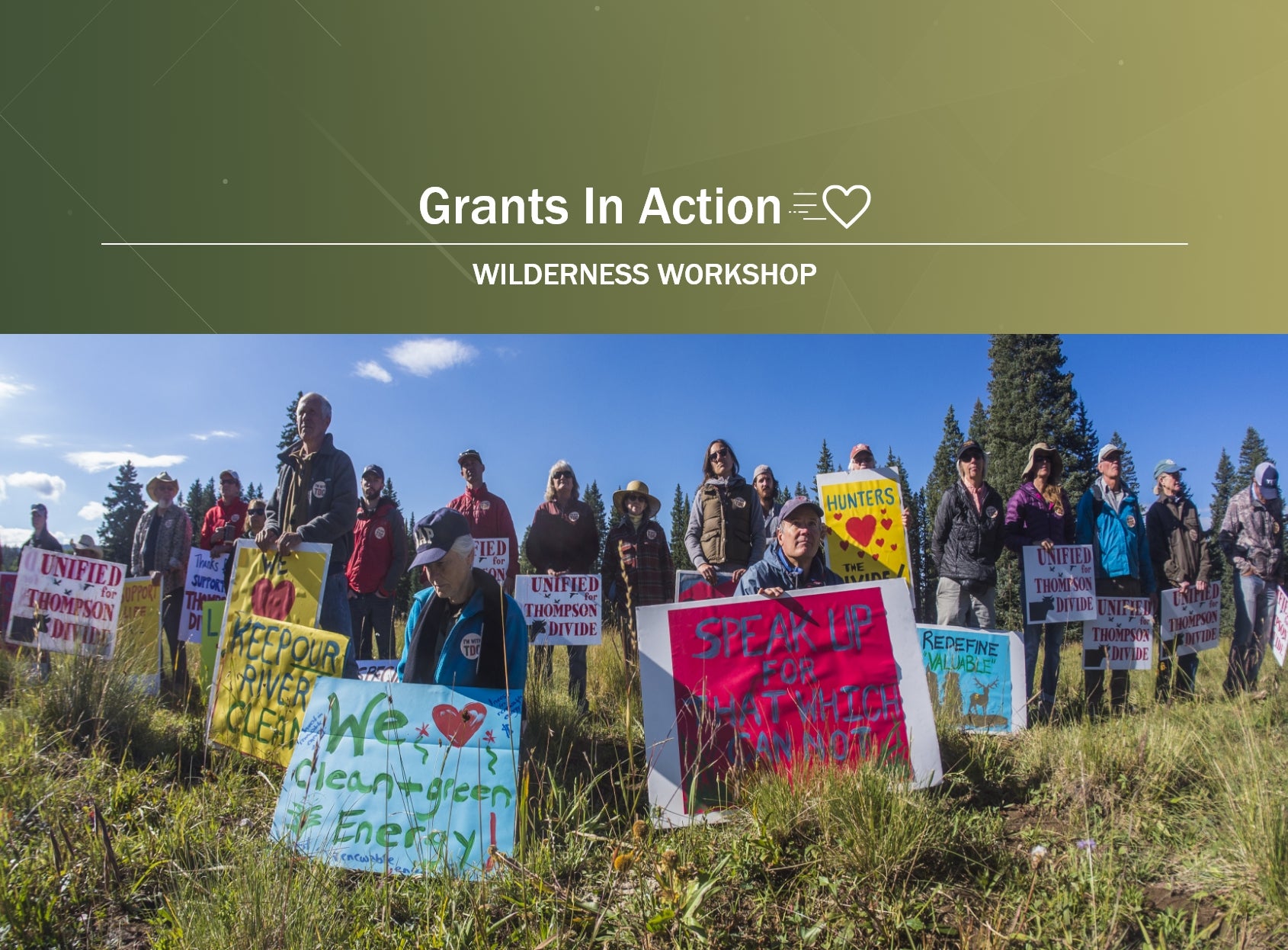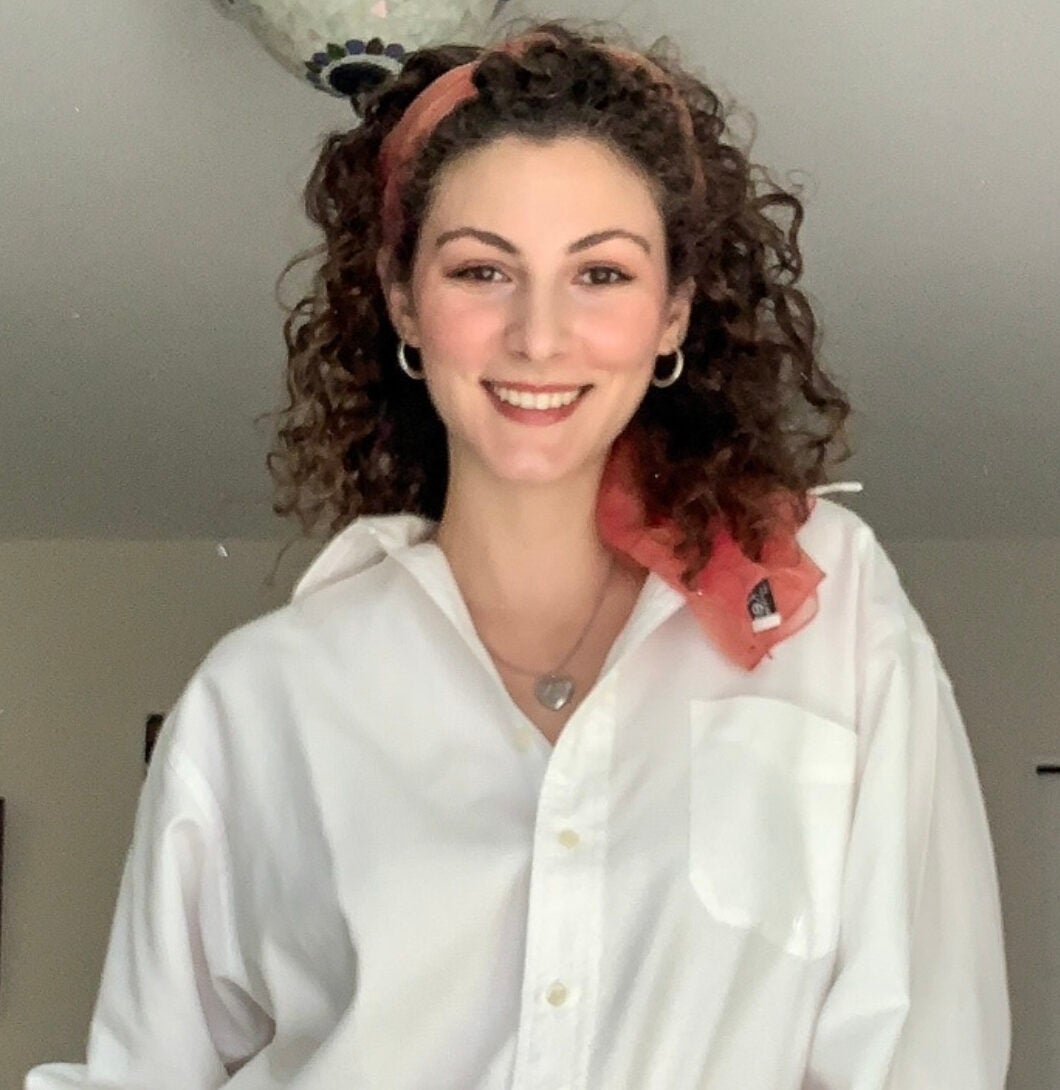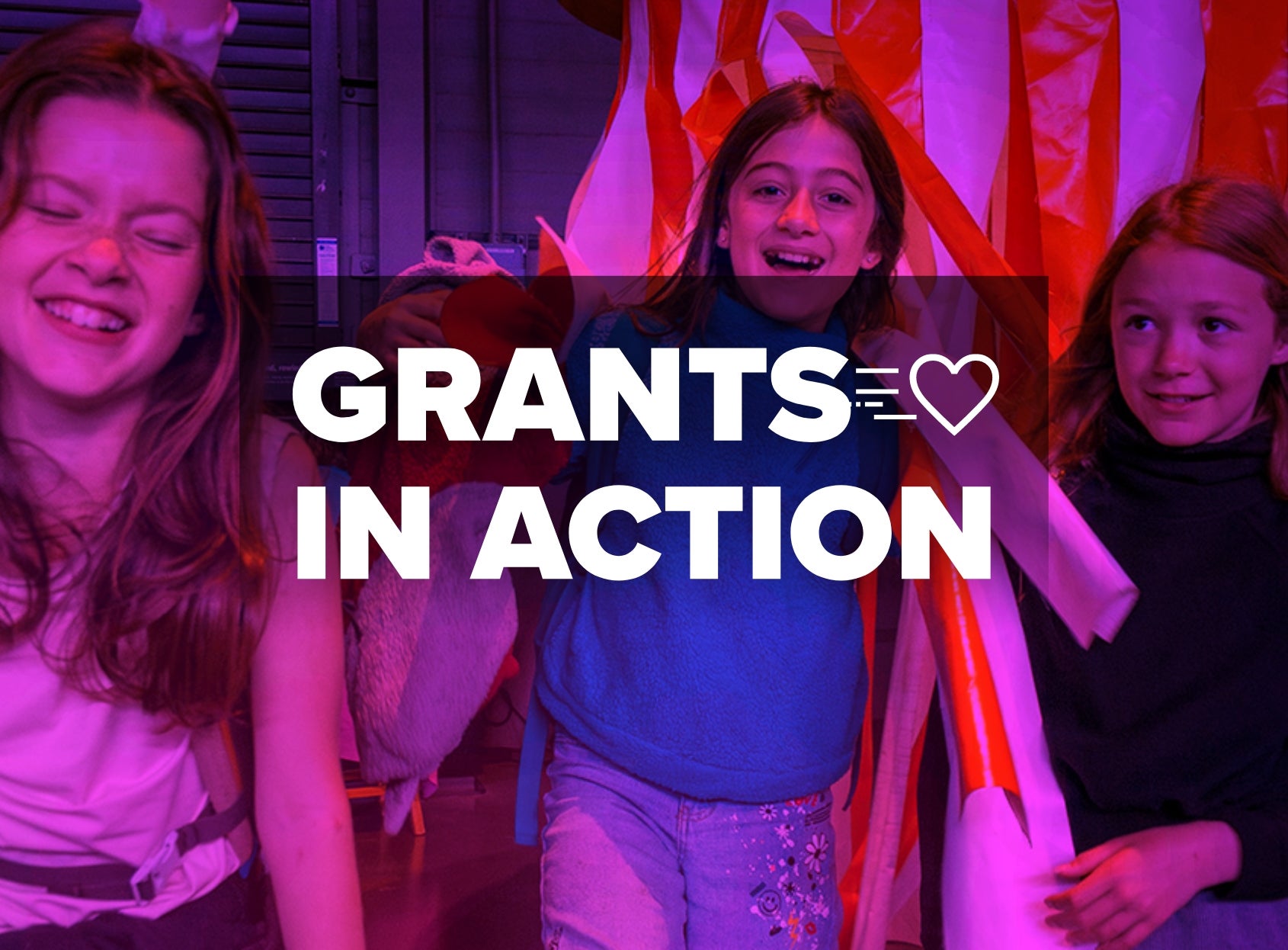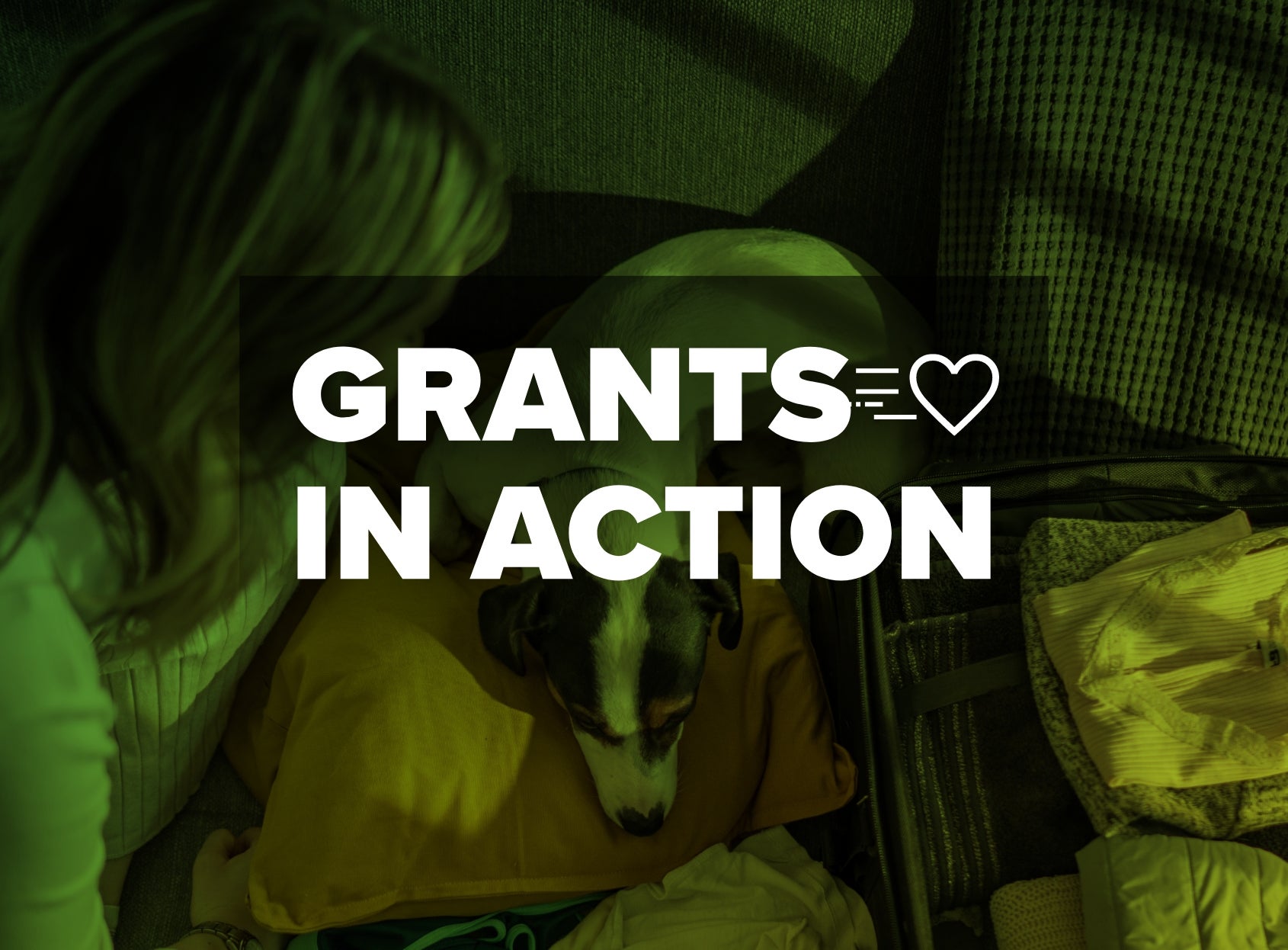How Wilderness Workshop Endeavors to Keep the Wilderness Wild

Depending on where you call home, wilderness may conjure different mental images. For those living amid urban sprawl—which is most of us—we may conflate the images of preserved true wilderness and popular national parks. An area where the earth and its communities of life are untrammeled by man, retaining its primeval character and influence, to be managed and protected as to preserve its natural conditions, is wilderness. One of the wilderness “hubs” in the U.S. is Western Colorado—and for over 50 years, Wilderness Workshop has worked to protect these lands within the legal system.
“So many of us in Western Colorado are here because of the public lands and wildlife, and they don’t protect themselves, so Wilderness Workshop is here to keep our beloved backcountry the way it is for its own sake and the sake of future generations,” says Will Roush, executive director of Wilderness Workshop.
Wilderness is not a vague or generic concept. It’s a legal designation that the land’s preservation hinges upon. A parcel of public land may look wild, but unless it has that crucial wilderness designation, its future could include harmful development and other intrusions. The preservation of these lands is where Wilderness Workshop operates.
“We’re really a voice for the animals, the ecosystem and the people who want to see these habitats protected,” Roush says. “We’re an advocacy and policy organization, and we use everything from education and outreach to high-level policy work to be that voice in the bureaucratic procedures that govern public land management.”
Philanthropic support is crucial to their efforts to effectively steward, advocate for and protect wilderness. The organization’s future success requires long-term planning and a host of passionate experts to execute those plans.
Roush reports that about ten percent of their funding comes from donor-advised funds (DAFs) and that “[grantmaking through a DAF] allows us time to really develop relationships with those donor-advisors who can learn more about our work and connect us to additional individuals who might also be interested.”
He emphasizes that donors who use DAFs are “invested in philanthropy and understand the principles and practices that enable a nonprofit to thrive and achieve its mission.”
With the support of their community and partnerships with peer organizations, Wilderness Workshop works towards the legal protection of more wilderness areas and supports sustainable engagement with these areas. Recreation activities may be destructive if not properly guided, so they work with their partners in land management and community members to identify and guide sustainable recreation practices in wilderness areas.
Wilderness Workshop engages with community members to promote inclusivity in their work and looks at local populations intentionally.
“About five years ago, we started a program designed to connect with the Latinx community, called Defiende Nuestra Tierra, because we wanted to do more to engage the full spectrum of our community and connect them to public lands and their management,” Roush explains. “It’s not just taking folks out on hikes or bike rides on public lands. It’s about making sure they’re part of the movement and ensuring our federal land managers are thinking about inclusion and access when they’re managing these lands.”
A recent success for wilderness protection centered on the Thompson Divide, a large area of public land. In April of 2024, the area was awarded an administrative withdrawal, banning future oil, gas and mining leasing for the next 20 years. This withdrawal allows Congress the time necessary to pass legislation that would protect the Thompson Divide permanently.
Roush feels this project is emblematic of their mission and ethos. “We’ve done a lot of work to bring the community together, everybody from fifth-generation ranchers who’ve been working that land for over a century, to mountain bikers, local business owners and local governments, and that shows how much support there is for this special piece of land,” he says.
“There’s more and more pressure on our public lands and as a country and a planet,” Roush explains.
“There’s a biodiversity crisis where there’s less and less available habitat for species, so we need to be laser focused on continuing to protect habitats.”
NPT is not affiliated with any of the organizations described herein, and the inclusion of any organization in this material should not be considered an endorsement by NPT of such organization, or its services or products.
NPT does not provide legal or tax advice. This blog post is for informational purposes only and is not intended to be, and shall not be relied upon as, legal or tax advice. The applicability of information contained here may vary depending on individual circumstances.


